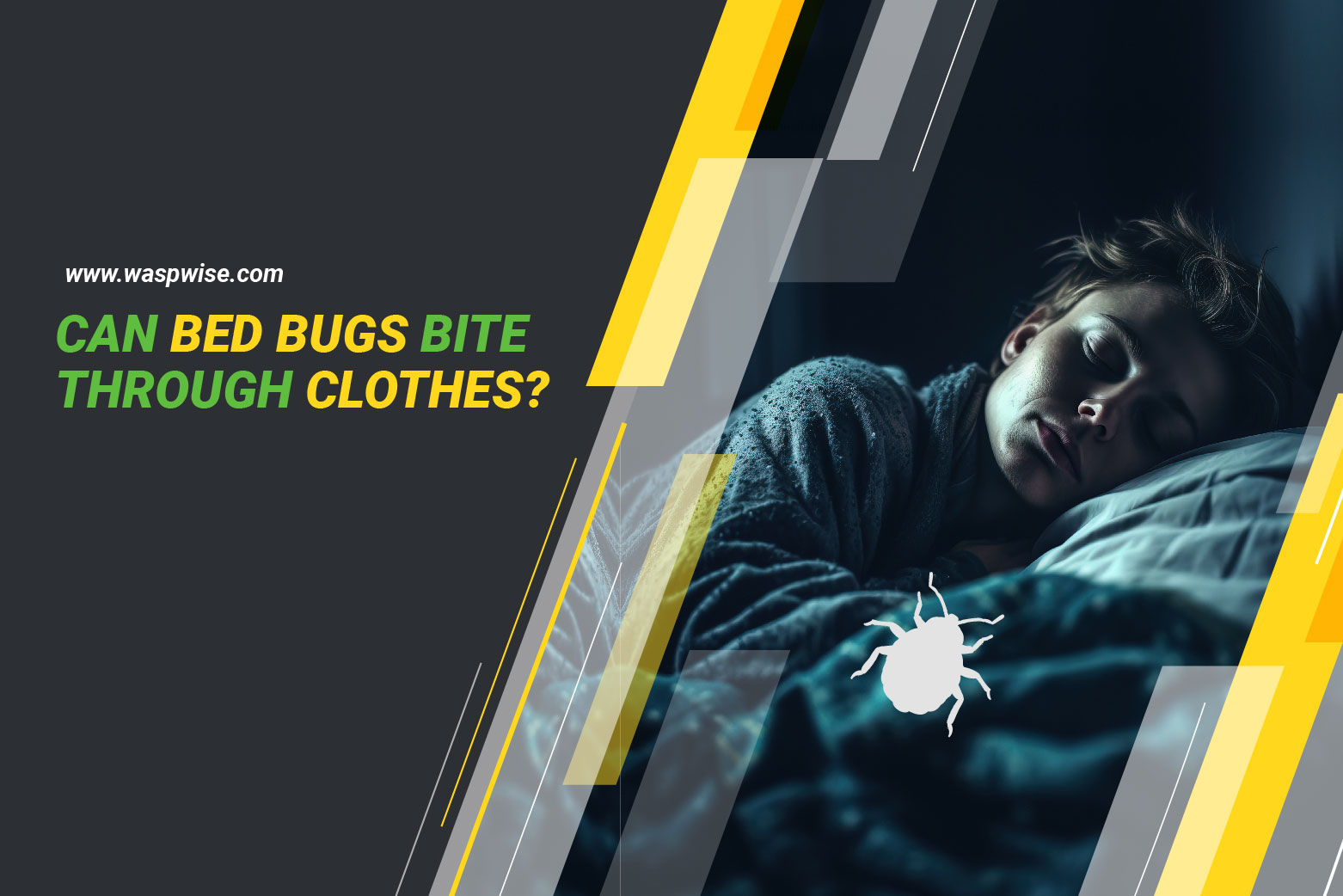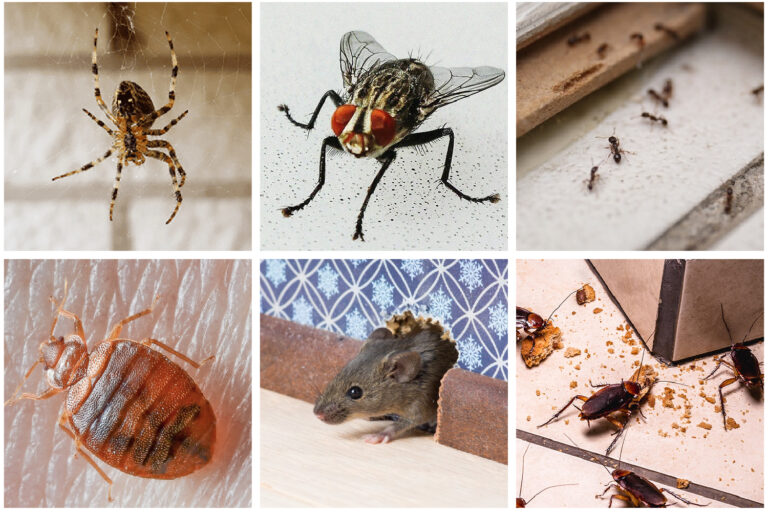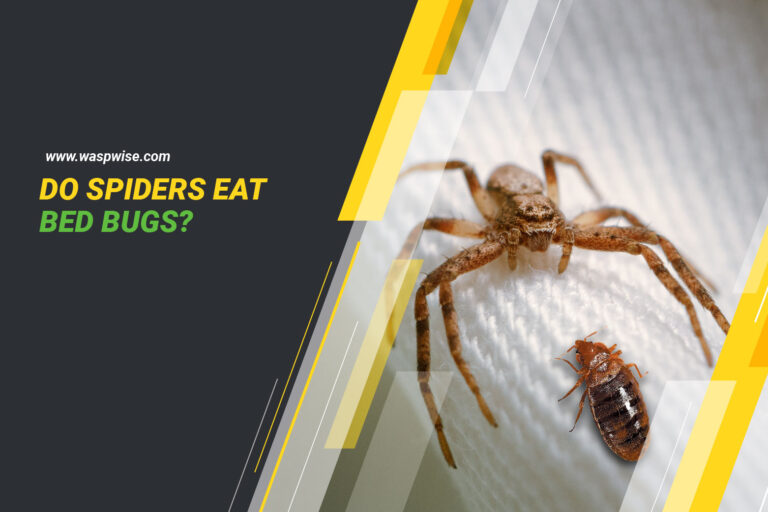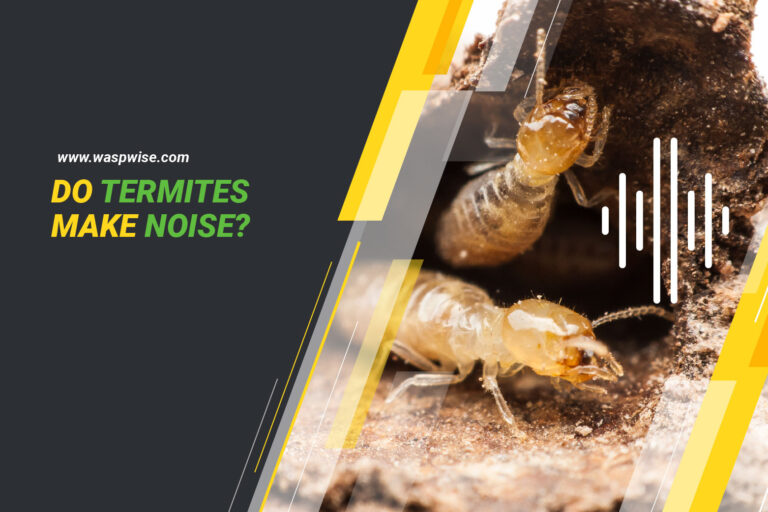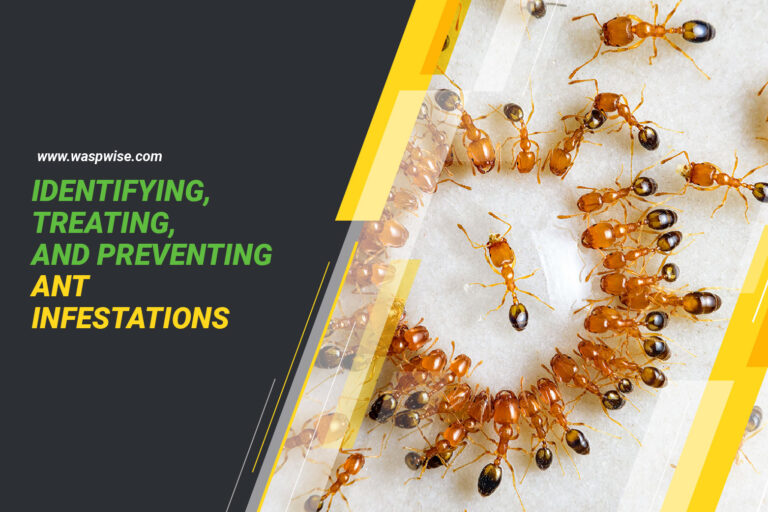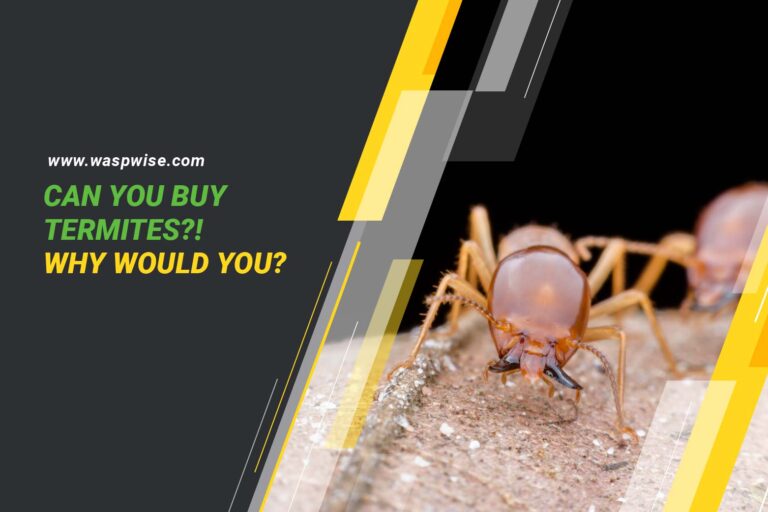CAN BED BUGS BITE THROUGH CLOTHES? FIND OUT HERE!
Ever crawled into bed, only to wake up with mysterious bites? You’ve washed your sheets, and worn pajamas, yet these pesky intruders still find a way to feast.
You’re likely wondering: Can bed bugs bite through clothes? In this article, we’ll delve into this troubling question, exploring the tenacity of bed bugs and offering practical solutions to keep you bite-free.
Reasons why we are not spared from bites
So, why those pesky bed bugs keep biting, even though you’re bundled up in your favorite PJ’s?
Well, your clothing isn’t exactly the fortress you think it is. Bed bugs have a knack for finding exposed skin, and their biting mechanism is so sophisticated that it’s nearly impossible to feel the bite until after the fact.
Factors such as the carbon dioxide you exhale and your body heat can attract these critters, making you a prime target.
Not to mention, the aftermath of their bites can lead to serious discomfort, skin reactions, and even psychological effects.
Bed bugs’ biting mechanism
You’d be surprised to learn that bed bugs have a very specialized biting mechanism. They use two tubes, one to inject their saliva which contains anesthetics and anticoagulants, and the other to draw blood. These tubes are so thin and sharp that you might not even feel their bite.
They’re stealthy, preferring to feed when you’re asleep and unaware. They can feed for up to 10 minutes, gorging themselves with blood. Bed bugs don’t rely on chewing through materials like some insects. Instead, they wait for exposed skin to feed. So, they’re less likely to bite through clothing, but they’re opportunistic. If your clothing is thin or loose, they might be able to reach your skin.
Therefore, thick clothing can provide some protection, but it’s not foolproof.
Clothes: inadequate protection
While thicker fabrics may offer a smidge of defense, they’re far from being a reliable safeguard against these nocturnal pests. You see, bed bugs are cunning and their tiny size gives them an advantage. They can easily creep into the folds of your clothes, navigate through the fibers, and reach your skin. So, even if you’re covered head to toe, you’re not entirely safe.
Moreover, these critters are known to be patient. If they can’t access bare skin right away, they’ll simply wait until they can. They’re not deterred by barriers like clothing. In fact, they’ve been known to hide in seams and hems, biding their time until they can feast. It’s unsettling, isn’t it?
Unfortunately, clothes aren’t your complete armor against bed bugs.
Factors attracting bed bugs
Now, let’s dive into what actually draws these pesky critters to you in the first place.
Bed bugs are attracted to warmth and carbon dioxide, two things you produce in abundance while sleeping. Despite your best efforts to keep them away with clothing, they’ll find a way to reach their food source.
They’re also drawn to your unique body scent. Certain studies suggest that bed bugs may be attracted to the scent of blood, adding another layer of attraction.
Moreover, if you’re in a cluttered environment, it provides ample hiding spots for these bugs, making it easier for them to reach you. So, while clothes may offer minimal protection, they won’t deter these parasites completely.
It’s important to keep your living spaces clean and take other preventative measures to control these pests.
Impact of bites
It’s crucial to understand the potential effects of these pestering creatures’ nibbles on your skin. Bed bug bites can be uncomfortable, causing itchy red welts in most people. You might also experience a burning sensation on the bitten area. However, the impact of bites can be more than just physical discomfort.
In some cases, you may develop an allergic reaction, with symptoms such as severe itching, blisters or hives. In extreme cases, anaphylaxis, a life-threatening allergic reaction, can occur.
Moreover, these bites can also disrupt your sleep, leading to fatigue and difficulties in daily functioning. So, it’s not just about the immediate itch or discomfort, but also the potential for more serious health issues and a lower quality of life.
Can Bed Bugs Bite Through Pajamas?
You’re probably wondering if bed bugs can bite through your pajamas, and the answer is generally no, they prefer exposed skin. These pesky creatures are known for their biting habits, but they don’t usually bite through clothing. They’re attracted to the warmth and carbon dioxide that humans produce, and they find it easier to access this by biting exposed skin.
Bed bugs have a long, beak-like mouthpart that they use to pierce the skin and feed on blood. This mouthpart isn’t strong enough to pierce through most fabrics, including the material of your pajamas. They’ll likely crawl around your clothing until they find an area of exposed skin where they can feed.
However, it’s worth noting that bed bugs are clever and persistent. If they can’t find exposed skin, they may crawl into loose folds of your pajamas or under your clothes to reach your skin. So, while wearing pajamas might offer some protection, it’s not a foolproof method.
After all, the best way to avoid bed bug bites is to not have them in the first place.
Can Bed Bugs Bite Your Face?
Despite your best efforts to shield yourself, bed bugs can indeed nibble on your face. These small blood suckers aren’t choosy when it comes to their meals. They’ll bite any area of exposed skin, which unfortunately often includes your face.
These tiny, blood-sucking insects are nocturnal, meaning they’re most active at night when you’re asleep and most vulnerable.
Knowing the signs of bed bug bites can help you identify them early. On your face, these bites may appear as small, red, itchy bumps. They’re often grouped in a line or cluster. However, it’s possible to have a single, isolated bite, so don’t rule out bed bugs based on that alone.
Remember, these bites can look similar to other insect bites or skin conditions. Therefore, it’s essential to seek professional help if you’re uncertain. Pest control professionals can inspect your home and confirm whether bed bugs are the culprits. You can then take the necessary steps to get rid of these unwanted guests and regain your peaceful sleep.
What Else Can I Wear to Keep Bed Bugs From Biting?
Wondering what else you can put on to deter those pesky pests from nibbling on you? Bed bugs can bite through light clothing, but they have a harder time getting through thicker materials. So, consider wearing long-sleeved shirts and long pants to bed, preferably those made of a heavier fabric.
Insect-repellent clothing is another option you can explore. It’s treated with permethrin, a chemical that’s safe for human use but lethal to bed bugs. You could also try wearing bug-repellent wristbands or anklets, although their effectiveness varies. Remember, though, that these measures are not foolproof. Bed bugs are persistent and can navigate their way to exposed skin.
A bed bug-proof mattress encasement is a strong line of defense. It keeps the pests from getting to you while you’re asleep.
Even with these precautions, it’s best to have a professional pest control service handle a bed bug infestation. They have the knowledge and tools to eradicate these nuisances effectively. That way, you won’t have to worry about what to wear to bed.
How to protect yourself from bed bug bites?
If you’re struggling with bed bug bites, there are a few strategies you can employ to protect yourself.
Use Proper Bedding Materials
Choosing the proper bedding materials can significantly reduce the risk of bed bug infestations. Bed bugs can’t bite through most regular fabrics, so it’s essential to ensure your bed linens and mattresses are of good quality.
Opt for tightly woven fabric sheets and mattress covers, as these can act as physical barriers against bed bugs. They won’t be able to bite through these materials or hide in them. Consider investing in bed bug-proof encasements for your mattress and pillows. These are specially designed to prevent bed bugs from getting to you.
You should also regularly wash and dry your bedding on high heat. Bed bugs can’t withstand extreme temperatures, so this can kill any hiding in your sheets.
Proper bedding materials and care can be your first line of defense against these pesky critters.
Effective Bug Repellents
You’ll find that effective bug repellents can be a crucial tool in your arsenal against unwelcome pests. There’s a wide range of options available to repel bed bugs, from chemical solutions to natural alternatives.
Consider using bug sprays that contain ingredients like permethrin or pyrethrum. These chemicals are proven effective at not only repelling bed bugs but also killing them. However, be mindful of the fact that these sprays can be harmful if ingested or inhaled, so use them with care.
If you’re after a more natural solution, try essential oils like lavender, lemongrass, or tea tree. These oils are known to repel bed bugs, and they’re safe to use around your home. Just remember, any solution you choose should be used consistently for the best results.
Bed Bug Traps
Traps are another useful method in your fight against these pesky intruders. Bed bug traps work by creating an environment that lures these critters in and keeps them from escaping. You can place these traps under your bed, couch, or any place you suspect these bugs are hiding.
There are various types of traps you can use. Some are simple sticky traps that catch bugs as they creep along. Others use heat, carbon dioxide, or other lures to attract bed bugs.
There are even eco-friendly options if you’re concerned about harmful chemicals.
Remember, traps alone won’t eradicate an infestation. They’re a tool for monitoring and reducing the population. Always combine traps with other methods such as professional pest control services.
Professional Pest Control
While these traps can help in reducing the bed bug population, they’re not entirely foolproof.
That’s where professional pest control comes into play. These experts have the knowledge, skills, and tools to effectively deal with a bed bug infestation. They use a variety of treatments, including heat treatment and insecticides, to eliminate bed bugs at all stages of their life cycle.
Besides, they can provide advice on how to prevent future infestations.
So, if you’re dealing with an infestation that’s out of control, don’t hesitate to call in the professionals. They’ll ensure that your home becomes a bed bug-free zone in no time.
Frequently Asked Questions
Q: How long does a bed bug bite take to heal?
A: Your bed bug bite should heal within one to two weeks. However, it can vary depending on your body’s reaction. If you’re allergic, it might take longer. Remember, scratching can delay healing.
Q: What kind of treatment is needed for bed bug bites?
A: Typically, bed bug bites heal on their own. However, you might need topical creams for itchiness. If the infestation persists or an allergic reaction occurs, you should consult a doctor for further treatment options.
Q: Can bed bugs infest your clothes?
A: Yes, bed bugs can infest your clothes. They’re sneaky pests that can crawl into your wardrobe and hide in the seams of your clothing. It’s important to wash and dry your clothes on high heat to kill them.
Q: Do bed bugs only bite at night?
A: No, bed bugs don’t only bite at night. While they’re most active during nighttime hours, they can bite at any time if they’re hungry. So, you’re not safe from bites during the daytime.
Q: Can bed bugs transmit diseases through their bites?
A: No, bed bugs can’t transmit diseases through their bites. While their bites can cause irritation, itching, and discomfort, you don’t need to worry about getting any diseases from these pesky critters.
Conclusion
In short, bed bugs can technically bite through clothes, but their specialized biting mechanism is designed to seek out exposed skin. While thicker clothing can provide some level of protection, these persistent pests can still find ways to reach your skin by hiding in folds and seams. The best defense against bed bug bites involves a combination of proper bedding materials, bug repellents, and professional pest control measures to prevent infestations altogether.

